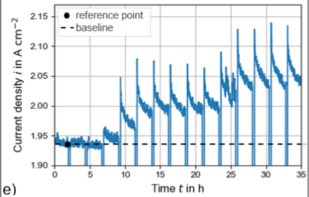Radioactive potassium could be a significant source of heat in the Earth's core. V Rama Murthy from the University of Minnesota and colleagues have shown that potassium-40 can exist in the core of the Earth and provide heat via its radioactive decay. The result could have important implications for theories of thermal evolution of planetary cores and the origin of geomagnetic fields (V Rama Murthy et al. 2003 Nature 423 163).
Potassium-40, which has a radioactive half-life of about 1.2 billion years, could be an important source of heat in the Earth’s core but this has never been unambiguously confirmed in an experiment. Murthy and colleagues used an iron and iron- sulphur mixture to represent the Earth’s core and potassium silicate glass to represent the shell. They measured the partition coefficient – the concentration of potassium-40 in the sulphur mix divided by its concentration in the silicate – at temperatures and pressures approaching those found deep in the Earth’s mantle.
The researchers found that the logarithm of the partition coefficient is inversely proportional to temperature. The results suggest that potassium-40 can move from the silicate ‘shell’ to the iron-sulphur ‘core’ and that it would be possible for a high enough concentration of potassium-40 to build up in the core.
The team calculated a core potassium-40 content of between 60 and 130 ppm, which produces between 0.4 and 0.8 TW of heat. Estimates of the core-mantle boundary heat flux are between 8 and 10 TW, so the heat produced by potassium-40 could significantly contribute to the heat flux at the boundary. Recent studies have shown that the present level of heat flux would have been insufficient to sustain the Earth’s magnetic field for the past 3.5 billion years. This ‘extra’ radioactive heat could thus have allowed the field to exist.
“We now plan to expand these measurements to much higher pressures and temperatures,” Murthy told PhysicsWeb. “We shall also extend the experiments to the other major radioactive heat sources in the Earth, uranium and thorium.”



